SARAH MORRIS: Systems Fail But The Grid Never Dies
|Phillip Hindahl
In today's media landscape, a book review is often a slap on the back. A handshake among colleagues that says, “well done.” But we have never been afraid to offer critique when critique is due. In our print section Berlin Reviews, we've always tried to take the propositions of a book seriously and push them to their extremes.
Archive Berlin Review from our issue #44
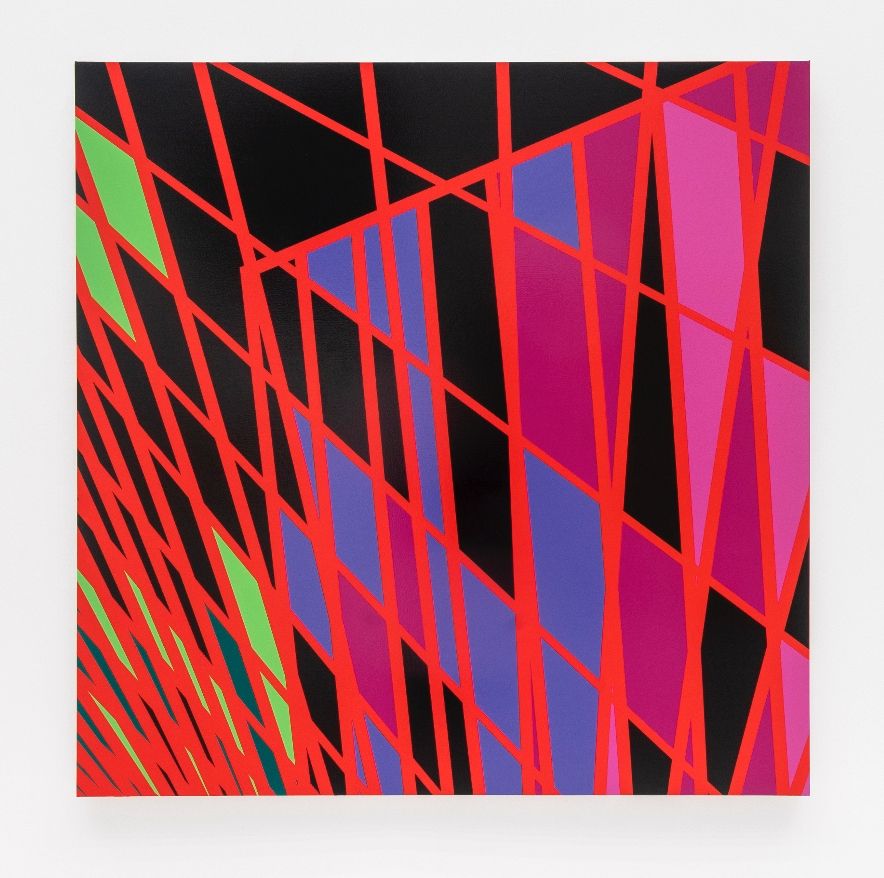
Sarah Morris’ series “Midtown” appears as grids that are squeezed and tilted to resemble figurative, hard-edged representations of Manhattan, fleetingly seen from a passing car at night. They bear the names of prominent high-rises—Paine Webber Building (with Neons), for example—and Morris executed them in glossy household paints, similar to the ones used by the Minimalists. But the colors refer to the Neo-Geo painters from the 1980s, who turned the tired dichotomy of abstract and figurative painting into a joke by depicting circuits and diagrams. Morris’s work mostly focuses on architectural details of the already geometric cityscape, but other paintings from the 1990s use text as their only means of expression—one large-format canvas reads “guilty” in sans serif capitals. Today, the geometric flatness of Morris’ paintings appear somewhat dated, like a look at a simpler, glorified, pre-9/11 New York.

Morris, who was born in England in 1967, studied at Brown University’s semiotics department in the mid-80s. “It seemed like everyone had an idea that they were an author. Everyone acted as if they were famous,” she would later say. Morris was a ravenous reader, and at the height of postmodernism, art, film, and pop culture were allowed to exist on the same plane, all tied together by critical theory. She published a magazine, moved to New York, and worked as an assistant to Jeff Koons. She would draw, photograph, paint, and make films. London’s White Cube mounted her first solo show in 1996.
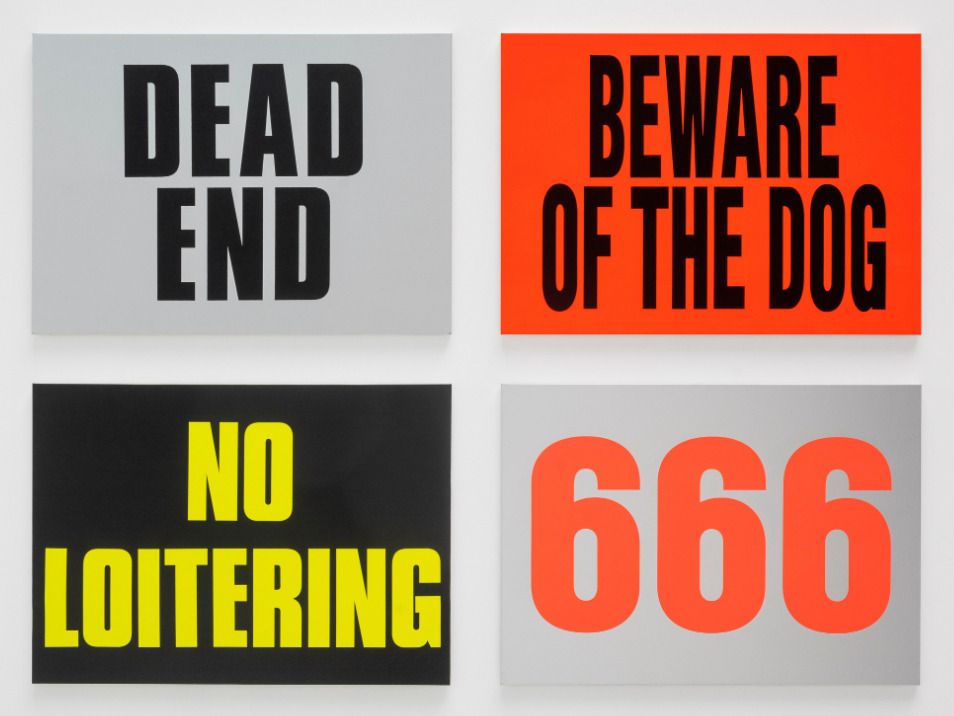
Her work of the past three decades was the subject of All Systems Fail, an exhibition at Deichtorhallen in Hamburg this summer. The retrospective’s catalogue features contributions from novelist Christopher Bollen, as well as from artists Bettina Funcke and Asad Raza. Flip through the book quickly and you can see the strict grids of her paintings from the late 90s become more varied, three-dimensional. Eventually, the pictures from Morris’ “Origami”series splinter, turn into crystalline shapes, then explode in her multicolored “Sound Graph”series and Frank Stella–like cityscapes. These works can take on monumental proportions, as does the 2005 mural she painted at Palais de Tokyo in Paris.
Morris moved to New York City at the end of the 80s. She set up her studio in Lower Manhattan, not far from Donald Judd’s loft. “That block was like [a] scene in the film Taxi Driver. What I looked at out my studio window was magazine shops, peep shows, bars, and the Port Authority,” says the artist. During the 90s, though, the area was subject to then-mayor Rudolph Giuliani’s attempts to clean up New York, which darkly recalls the language of Scorsese’s mid-70s feature. By 2023, the neighborhood would be thoroughly sanitized, with a Patagonia store and the Museum of Ice Cream around the corner.
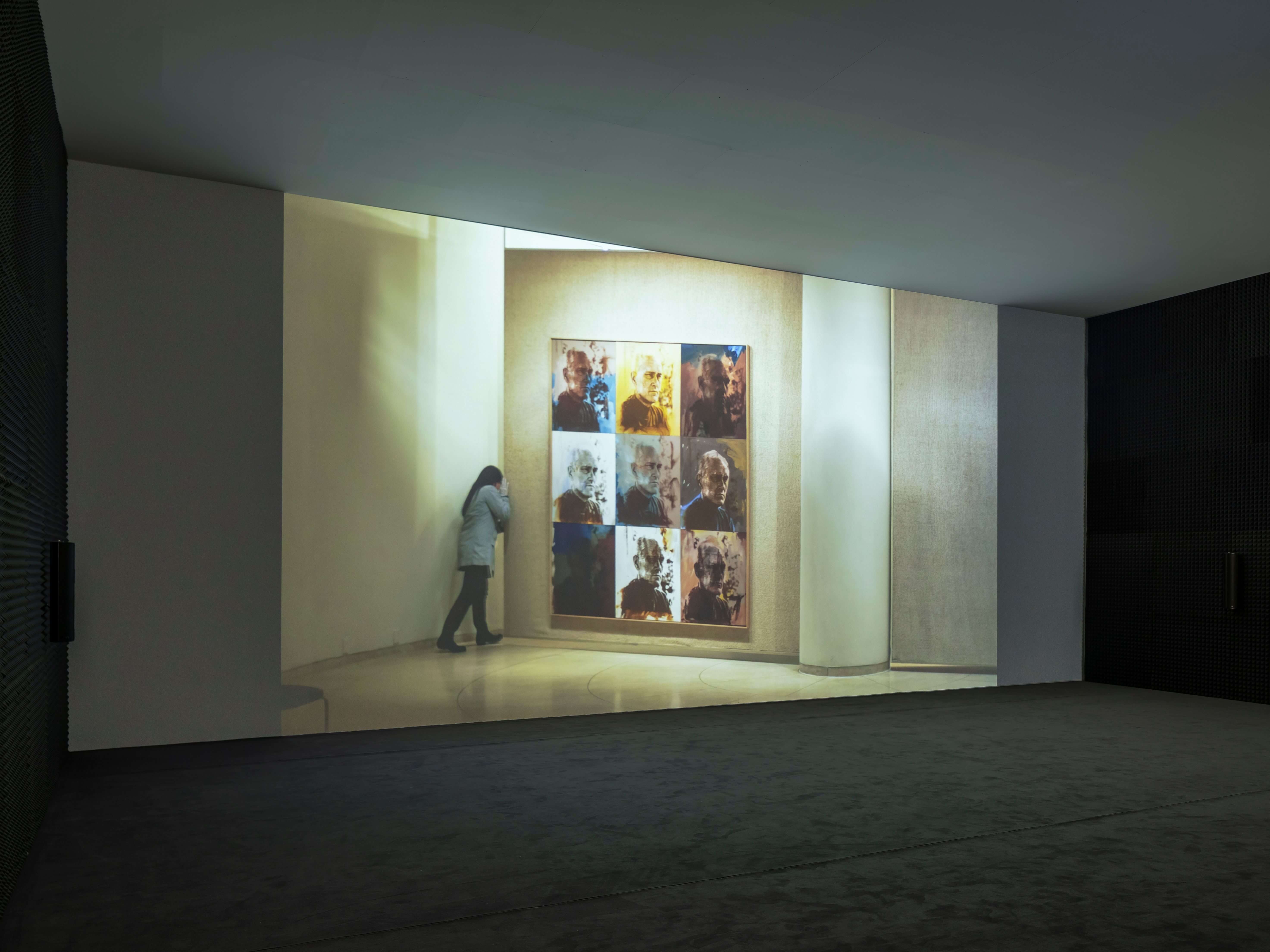
Eventually, Morris made movies, starting with 1998’s Midtown, a depiction of Manhattan filmed on a single day; dense traffic and office workers are captured on 35mm. Midtown unfolds to a score by Liam Gillick, which features the echoed and looped sample of a horn section. It uncannily creates suspense, as if the extras from a Hitchcock movie had taken over the action. The city seems to be obsessed with replicating itself, and the skyscrapers vertically echo the rationalized grid. “They signified New York, and the late twentieth century itself,” writes Asad Raza in his contribution to the book. The buildings are elongated the same way Manhattan is elongated, with only a strip of sky running between them. To Raza, the city was a credo of modernity that, until the destruction of the World Trade Center, seemed unquestionable.
Is nostalgia the hidden theme of this book? It feels that way at times, but cities and their ever-changing landscape remain essential to Morris’s work to this day. In conversation with art critic Isabelle Graw, Morris asserts that the grid is inescapable and that it structures our fragmented perception of the world. It also implies infinity: there can always be another block, another floor, and another painting.
Sarah Morris: All Systems Fail is published by Deichtorhallen (Hamburg, 2023).
Credits
- Text: Phillip Hindahl
Related Content
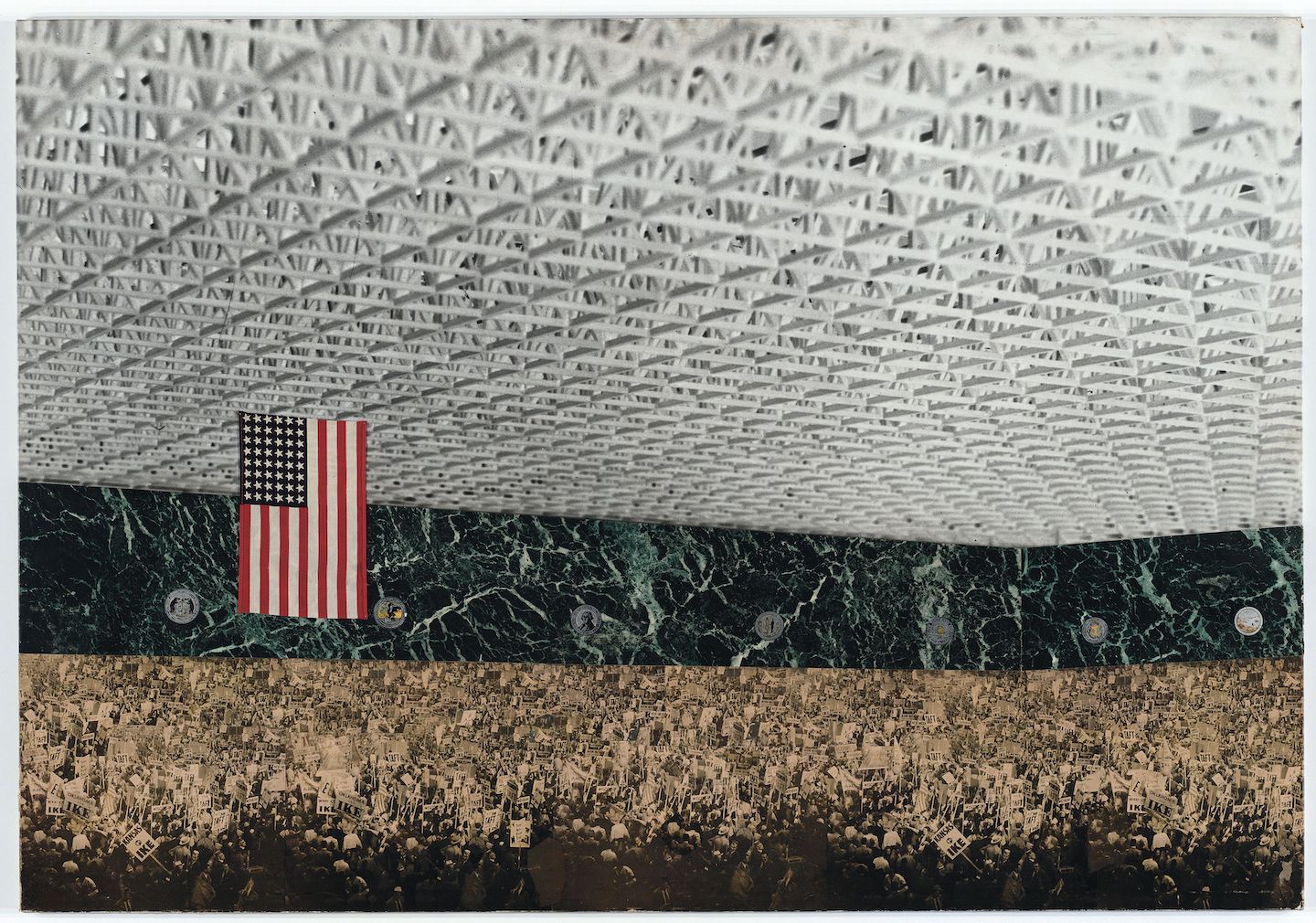
MIES VAN DER ROHE’s Collages and Minimalism’s Penchant for Chaos
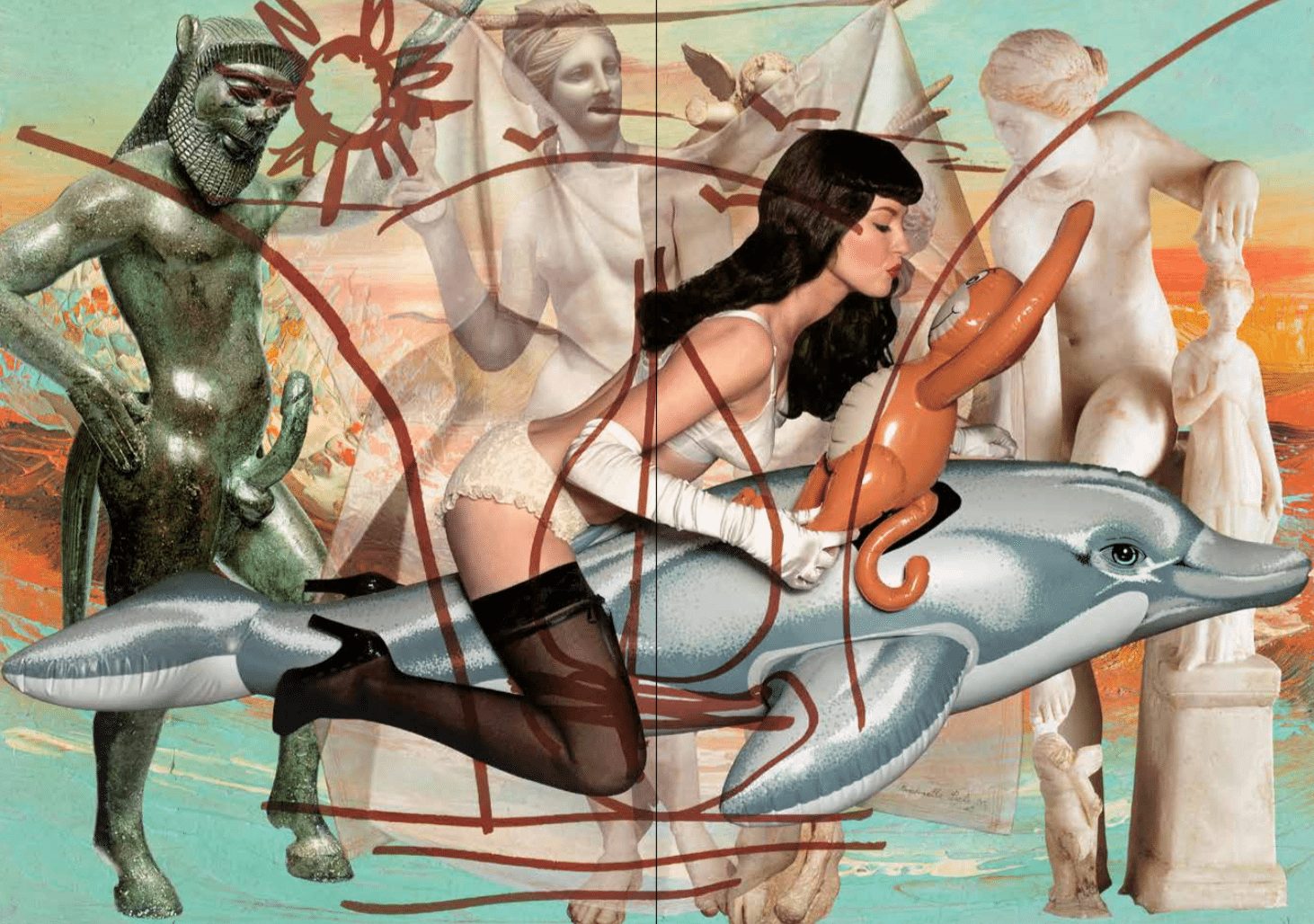
Keeping it Platonic: A Conversation with JEFF KOONS

The Art of Collecting Chairs

True West: KAROLIINA PAATOS’s American Cowboy
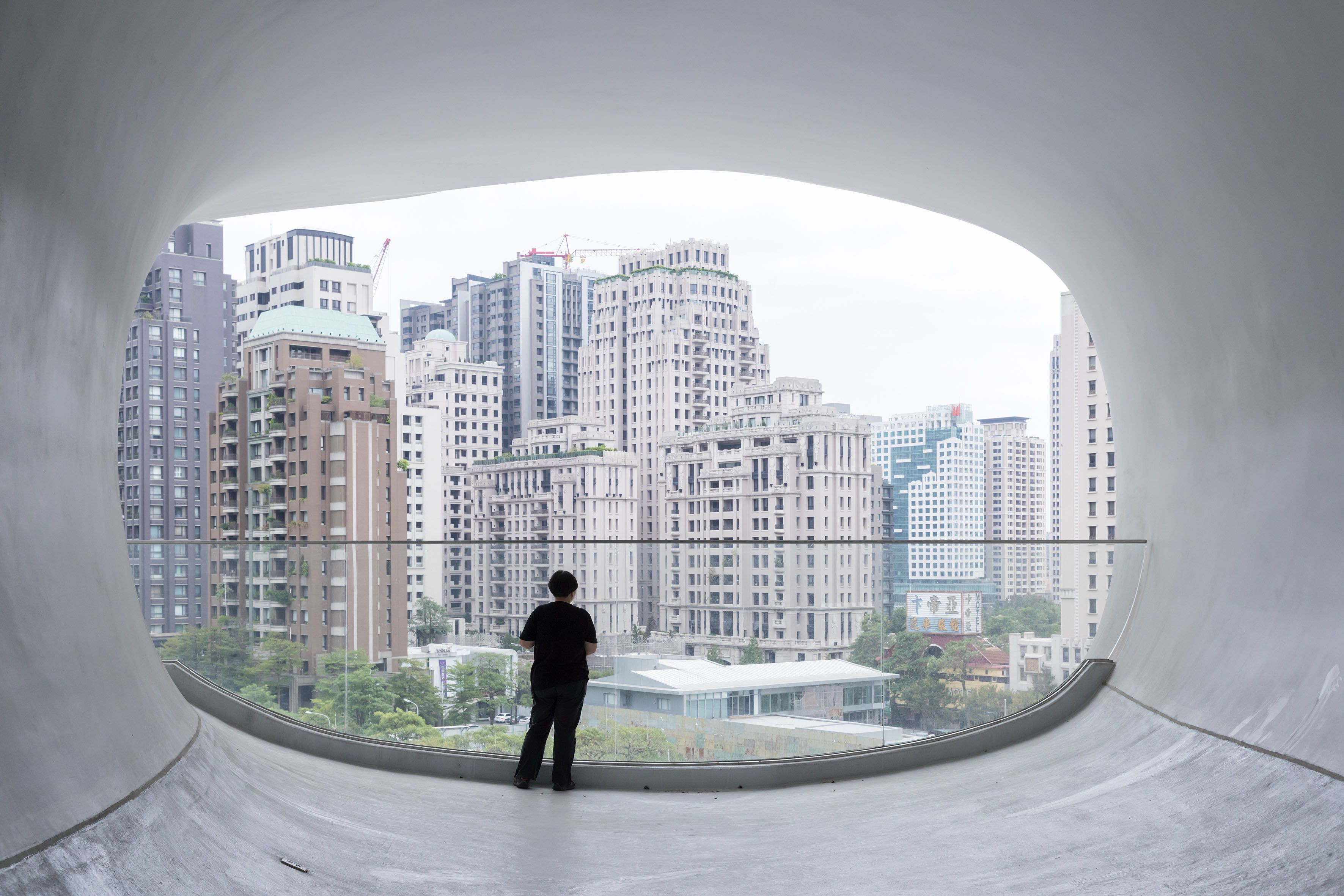
IWAN BAAN: Moments in Architecture
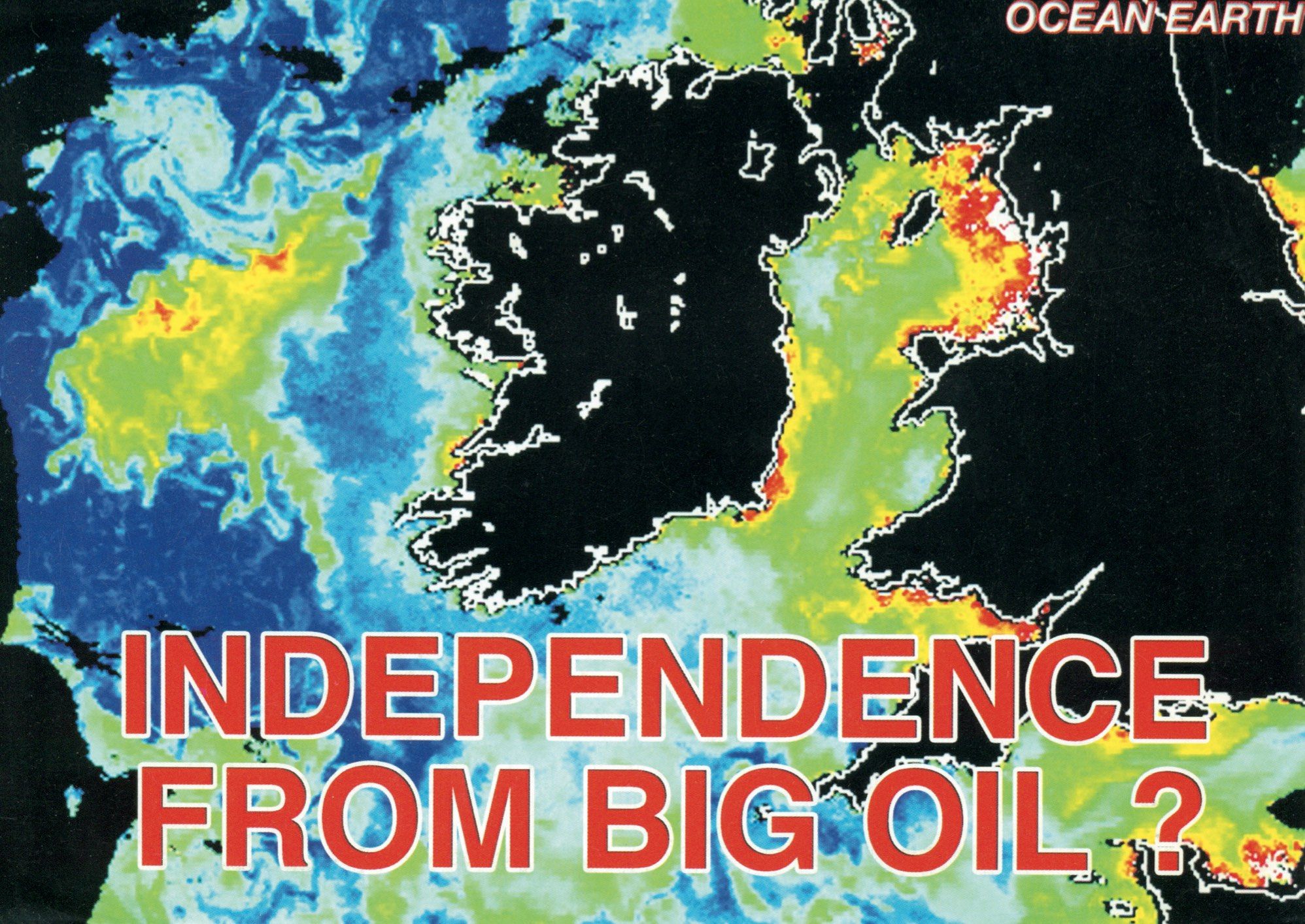
Artists as Messiahs: PETER FEND
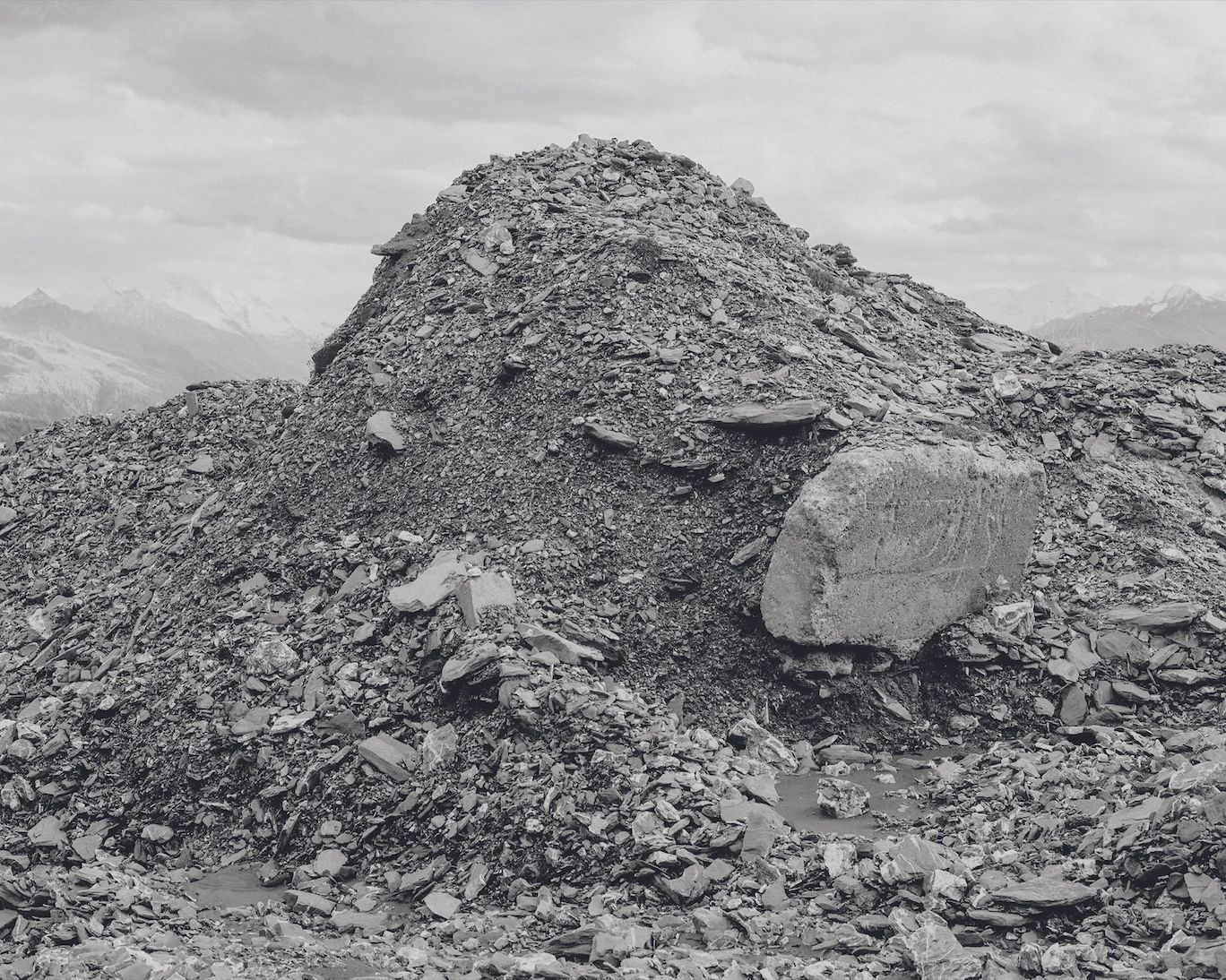
BENOÎT JEANNET’s index of the Earth explains why we love rocks
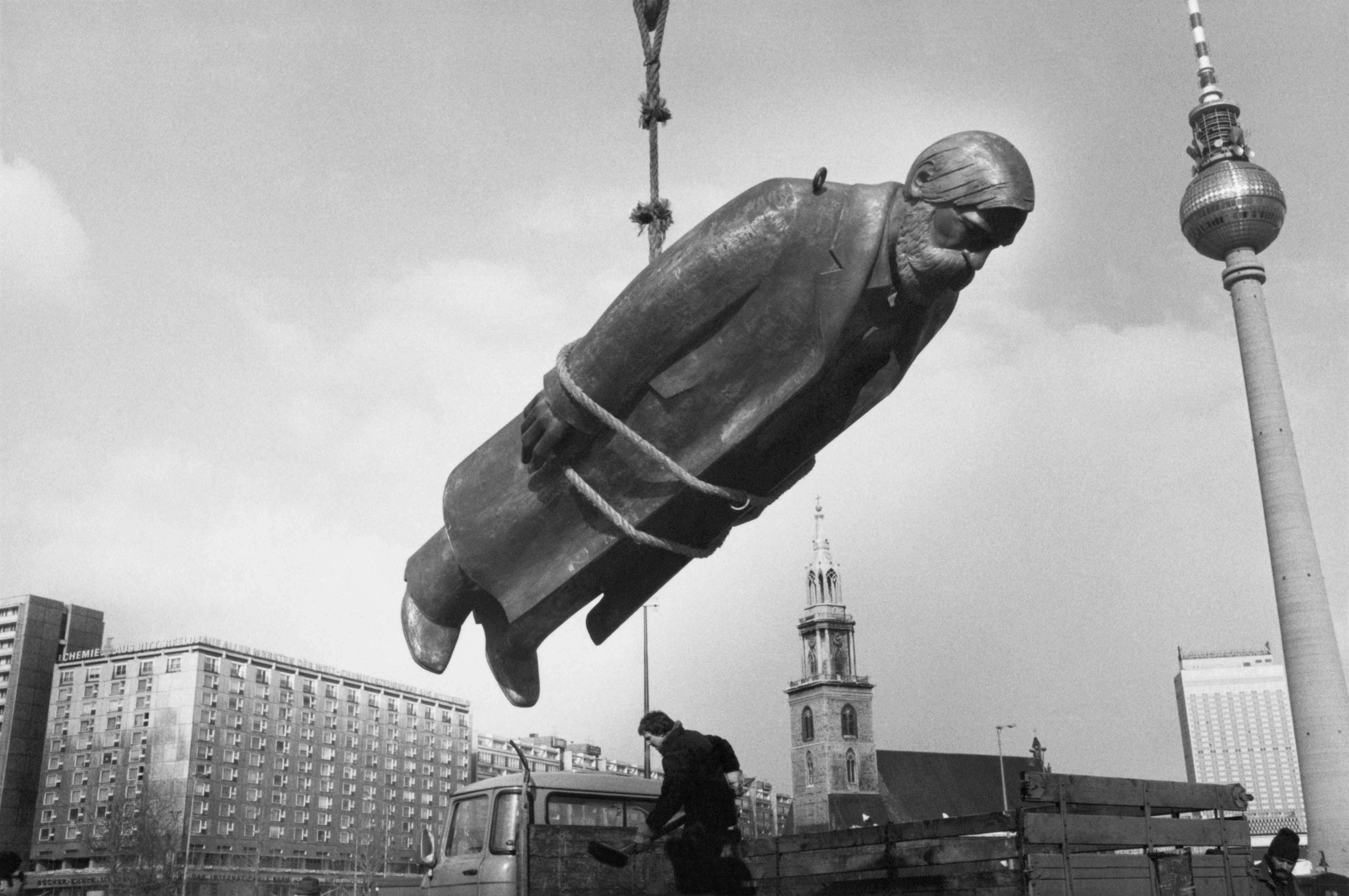
Berlin Theorie: Cloutist and Classist